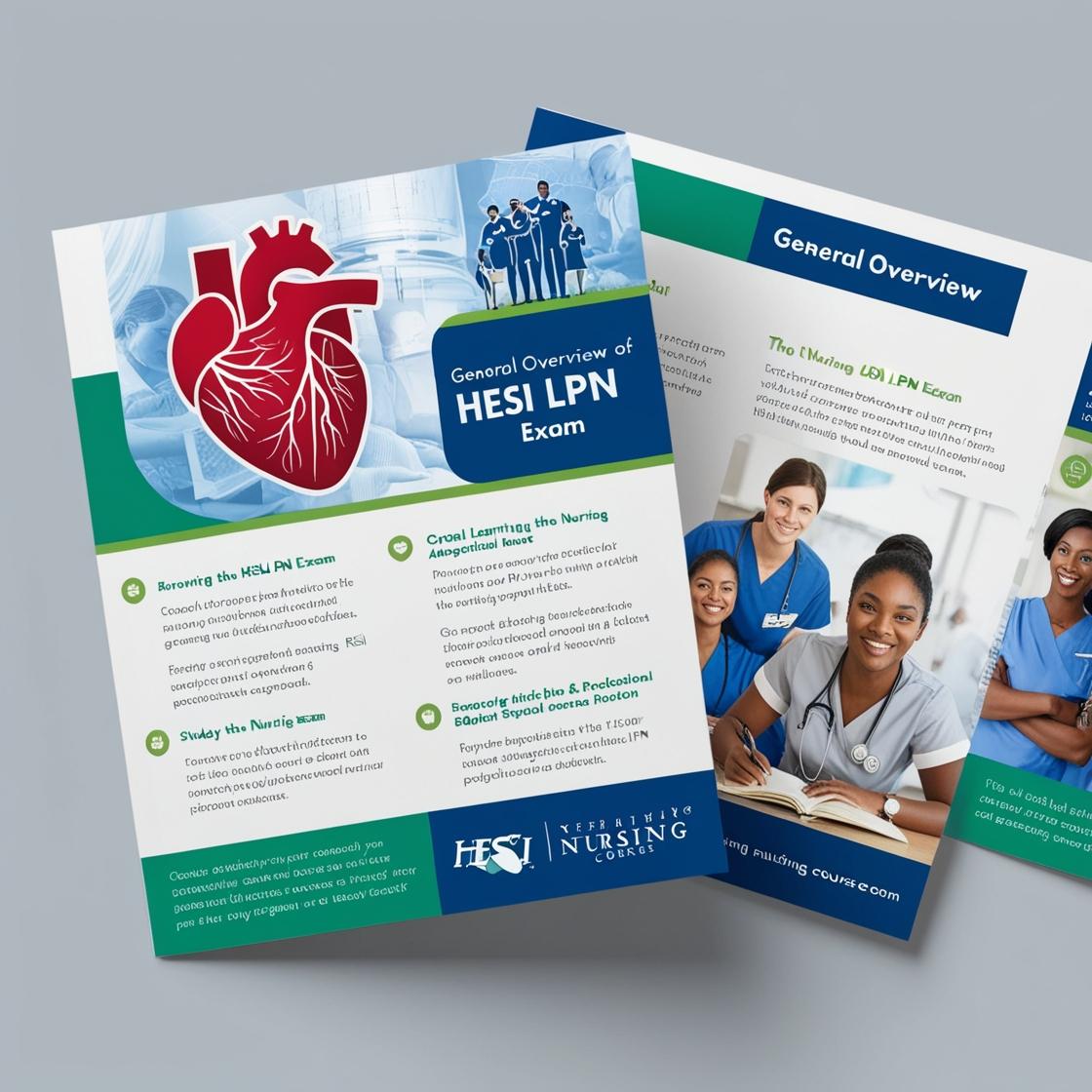HESI LPN
Community Health HESI Practice Exam
1. You are teaching a client about the patient-controlled analgesia (PCA) planned for post-operative care. Which statement indicates further teaching may be needed by the client?
- A. ''I will be receiving continuous doses of medication.''
- B. ''I should call the nurse before I take additional doses.''
- C. ''I will call for assistance if my pain is not relieved.''
- D. ''The machine will prevent an overdose.''
Correct answer: B
Rationale: PCA allows patients to self-administer pain medication within prescribed limits, without the need to call the nurse before taking an additional dose. Choice B suggests a misunderstanding of how PCA works, as the patient should be educated that they can self-administer doses within the safety parameters set by the healthcare provider. Choices A, C, and D demonstrate proper understanding of PCA, hence are not indicative of needing further teaching.
2. As a community organizer, the PHN facilitates the planning and implementation of program subjects in the community. In the light of the PHC approach, these programs/projects should be characterized by the following except:
- A. managed by the community leaders/members
- B. managed by non-government organizations for the people to ensure success
- C. compatible with available resources
- D. developmental in nature
Correct answer: B
Rationale: In the context of the PHC approach, programs should be characterized by being managed by community leaders/members (Choice A). This ensures community involvement and ownership. Programs should also be compatible with available resources (Choice C) to be sustainable and effective. Additionally, programs should be developmental in nature (Choice D), focusing on long-term improvements. Choice B is incorrect because programs should not be solely managed by non-government organizations; instead, they should be driven by the community to promote sustainability and empowerment.
3. BCG vaccine is supplied in:
- A. freeze-dried form in a sealed glass ampule
- B. liquid form in a sealed glass ampule
- C. liquid form in a vial
- D. both 2 and 3
Correct answer: A
Rationale: The correct answer is A. BCG vaccine is commonly supplied in freeze-dried form, not in liquid form. Therefore, choices B and C are incorrect. Option D is also incorrect as the vaccine is not supplied in liquid form in a glass ampule.
4. Which of the following is designed to help clients reduce the risk of illness and maintain the maximum level of function?
- A. illness prevention
- B. crisis intervention
- C. rehabilitation
- D. health promotion
Correct answer: D
Rationale: The correct answer is 'D: health promotion.' Health promotion strategies are aimed at helping individuals reduce the risk of illness and maintain their maximum level of function by emphasizing preventive measures, healthy behaviors, and lifestyle choices. Illness prevention (choice A) focuses on specific actions to avoid illness but may not necessarily address overall function. Crisis intervention (choice B) refers to immediate assistance during emergencies rather than long-term prevention. Rehabilitation (choice C) involves restoring function after illness or injury rather than primarily focusing on preventive measures and maintaining maximum function.
5. Which facilities are capable of performing minor surgeries and some simple laboratory examinations?
- A. Secondary level health care
- B. Intermediate level care
- C. Tertiary level care
- D. Primary health care
Correct answer: A
Rationale: Secondary level health care facilities are equipped to perform minor surgeries and simple laboratory examinations. Intermediate level care (choice B) refers to a level of care between primary and secondary care, focusing on more complex procedures than minor surgeries. Tertiary level care (choice C) is specialized care that includes services like cardiac surgery and neurosurgery. Primary health care (choice D) is the first point of contact for individuals and is not typically equipped for minor surgeries or complex laboratory tests.
Similar Questions

Access More Features
HESI LPN Basic
$69.99/ 30 days
- 50,000 Questions with answers
- All HESI courses Coverage
- 30 days access @ $69.99
HESI LPN Premium
$149.99/ 90 days
- 50,000 Questions with answers
- All HESI courses Coverage
- 30 days access @ $149.99
